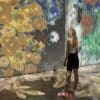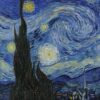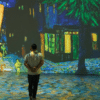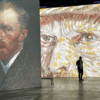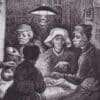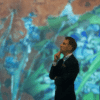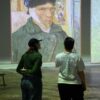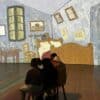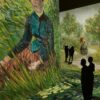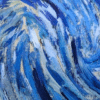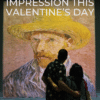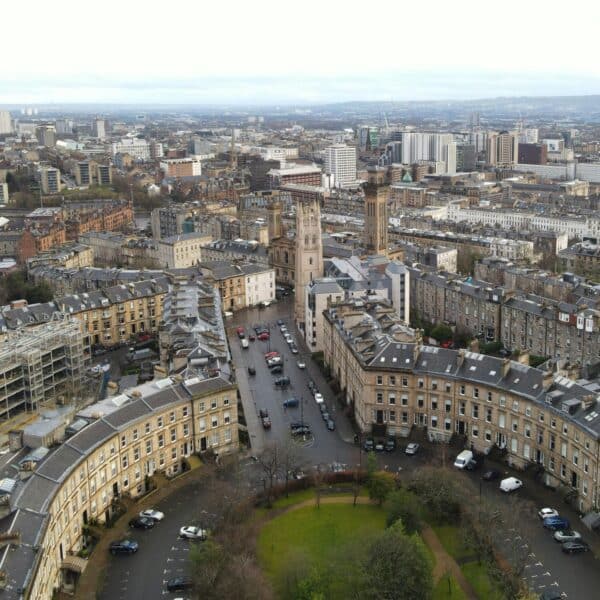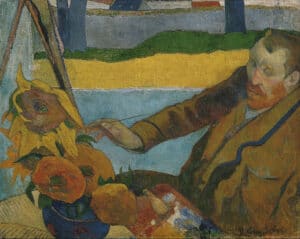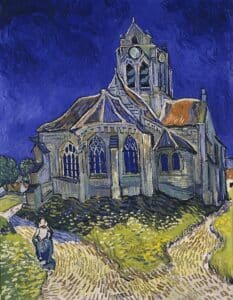
8 Famous Vincent Van Gogh Paintings You Should Know
Starry Night (1889)
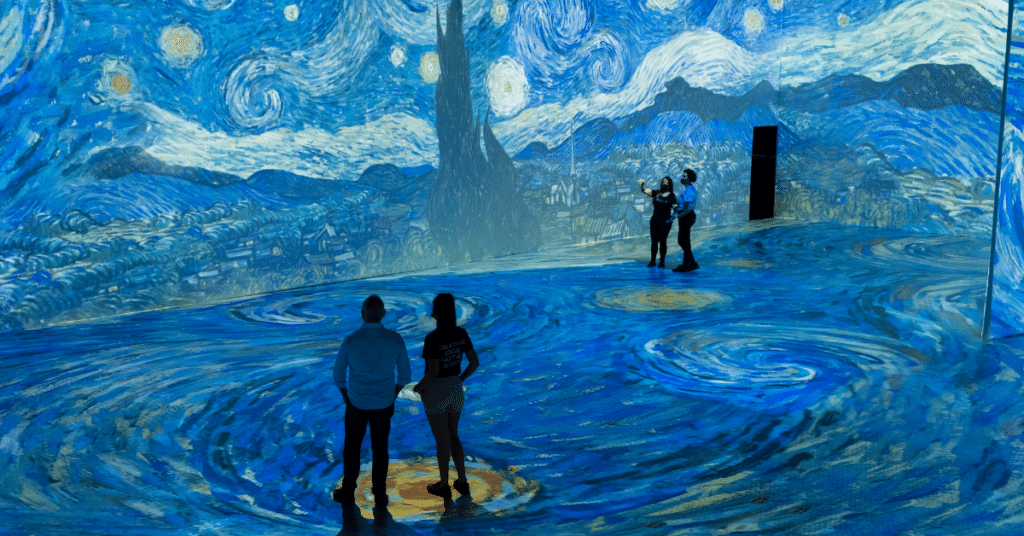
This iconic oil painting, known for its swirling night sky and vivid colors, was inspired by Van Gogh’s view from the Saint-Paul-de-Mausole asylum in Saint-Remy, France. An interesting point to note is that the village at the bottom of the painting was not actually visible from his window – but was inspired by other views. This world-famous masterpiece is currently housed in the Museum of Modern Art in New York.
Sunflowers (1888)

There are five renditions of Van Gogh’s “Sunflowers” on display in galleries around the world. Van Gogh created these paintings to decorate his house in Arles in anticipation of a visit from his friend and fellow artist, Paul Gauguin. Notably, the sunflower pieces mark one of the earliest instances of Van Gogh showcasing his distinctive expressive style in Arles. No artist has become as synonymous with a particular flower as Van Gogh with sunflowers, making these paintings some of his most cherished and iconic works.
The Bedroom (1888)
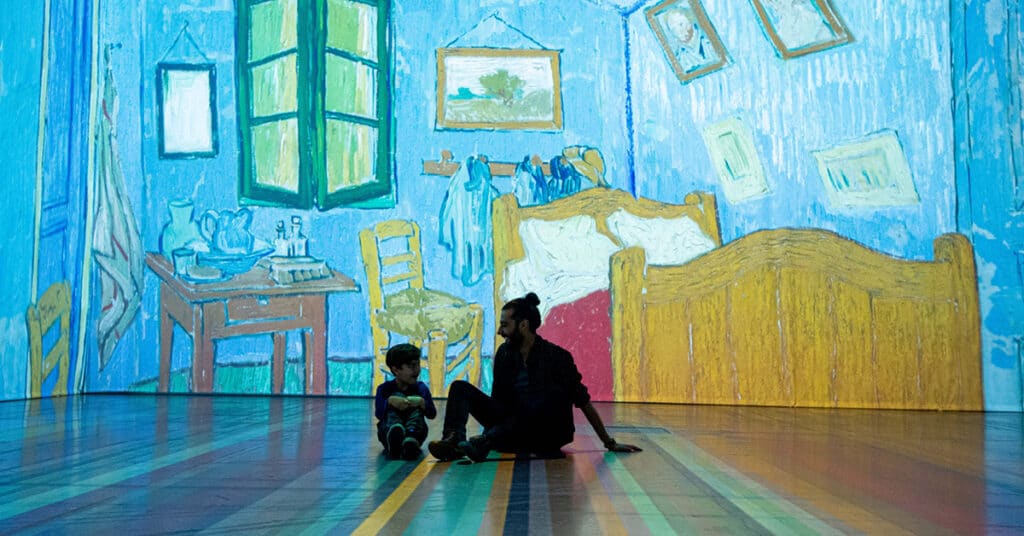
The vibrant and contrasting colors evident in “The Bedroom” are a consequence of the gradual deterioration of the artwork over the years. Created in 1888, the walls and doors have since transitioned from purple to blue. In a letter to his brother Theo, Van Gogh explained that he deliberately ‘flattened’ the image and omitted shadows to give the painting a resemblance to a Japanese print. The iconic depiction of Van Gogh’s bedroom is currently exhibited at the Van Gogh Museum in Amsterdam.
Café Terrace at Night (1888)
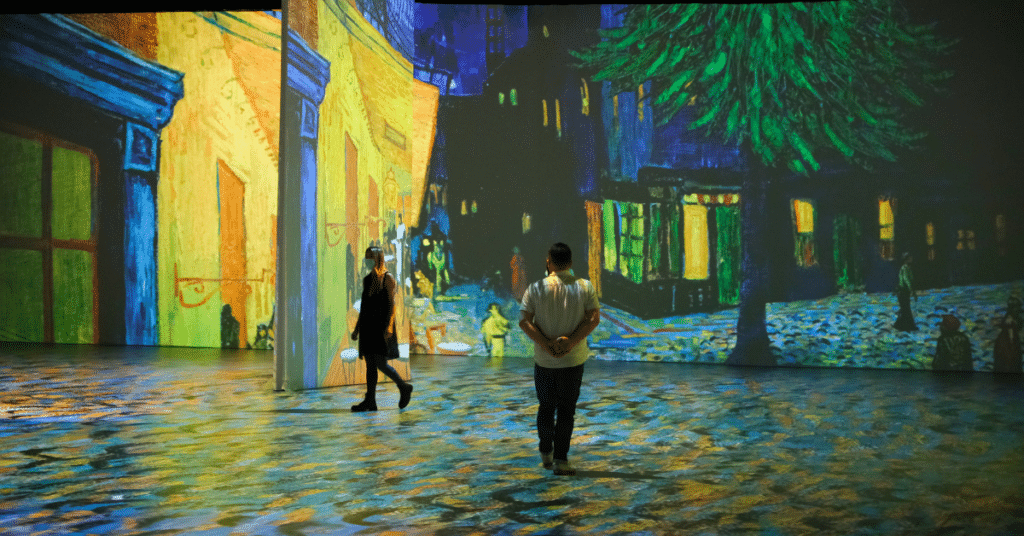
This vibrant scene of a café terrace in Arles was painted on location by Van Gogh as he sat in the dark observing the way in which colors appear different at night. In a letter to his sister Wil, Van Gogh shared his immense joy in painting in this manner. The artwork, titled Café Terrace at Night, is now located in the Kröller-Müller Museum in Otterlo, Netherlands.
Follow Us On Facebook
Get more facts about Vincent Van Gogh by following us on Facebook!
Self-Portrait with Bandaged Ear (1889)
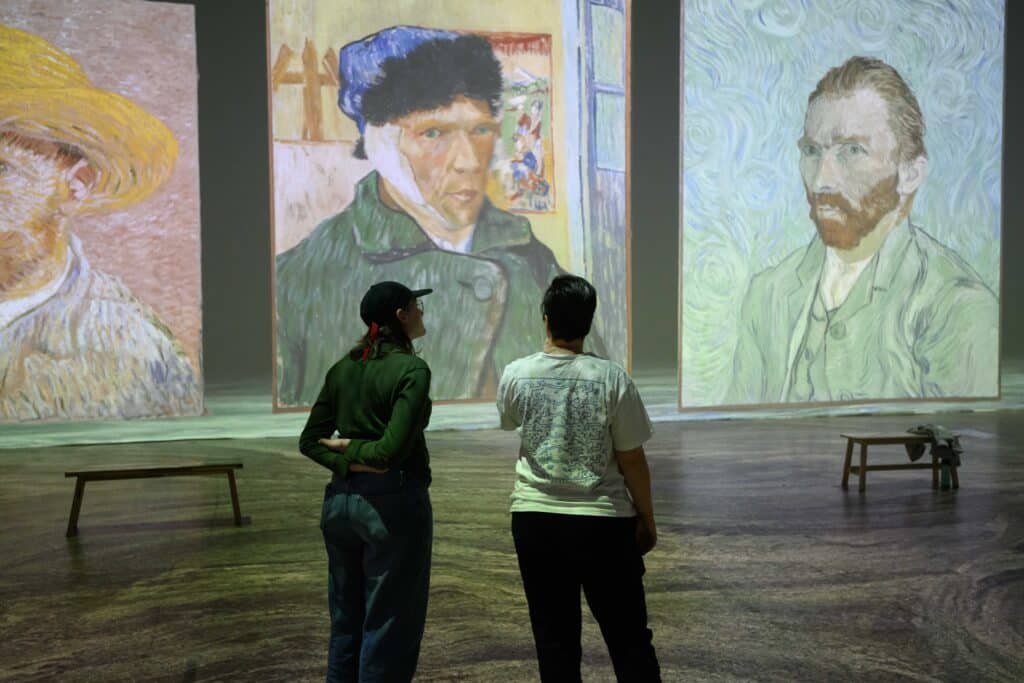
“Self-Portrait with a Bandaged Ear” is arguably one of Vincent’s most intimate, personal portraits. Born out of a need to express his personal struggles, Van Gogh took brush to canvas and created this portrait after the infamous incident where he cut off part of his ear following an argument with fellow painter (and housemate at the time) Paul Gaugin. Vincent returned to an empty house after his release from hospital – Gauguin was gone and with him their dream of starting a studio for like-minded artists. This incredible masterpiece is now in the collection of the Courtauld Gallery, London.
The Starry Night Over the Rhône (1888)
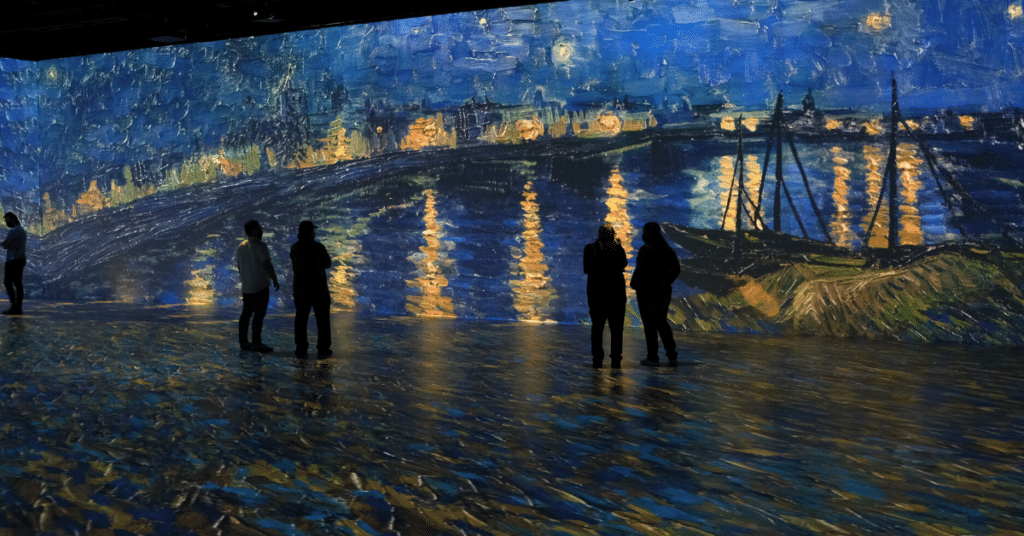
After his arrival in Arles in early February, 1888, Vincent became obsessed with the starry sky and its “night effects”. His vision was realized later that year in September 1888’s “Café Terrace at Night”, followed closely by the mesmerizing “Starry Night Over the Rhône”, where he skillfully captured the predominant hues of Prussian blue, ultramarine, and cobalt. Van Gogh produced another rendition of Arles’ night sky, titled “Starry Night”, while confined to a mental institution. It was here where he was able to express the mental turbulence and violence he faced day-in, day-out. He channeled those intense emotions through “Starry Night”, producing flame-shaped trees and a dizzying swirl of the sky and stars. In contrast, this version housed in the Musée d’Orsay exudes a more serene atmosphere, enhanced by the presence of a couple of lovers at the bottom of the canvas.
Almond Blossoms (1890)

Painted as a gift for his brother Theo and sister-in-law Jo, who had recently welcomed a baby son named Vincent Willem, the artwork held sentimental value for the family. In Theo’s letter announcing the birth, he expressed the intention to name the child after Vincent and wished for the newborn to embody the artist’s same determination and courage. This particular painting remained cherished within the Van Gogh family and Vincent Willem later went on to establish the Van Gogh Museum.
Wheatfield with Crows (1890)
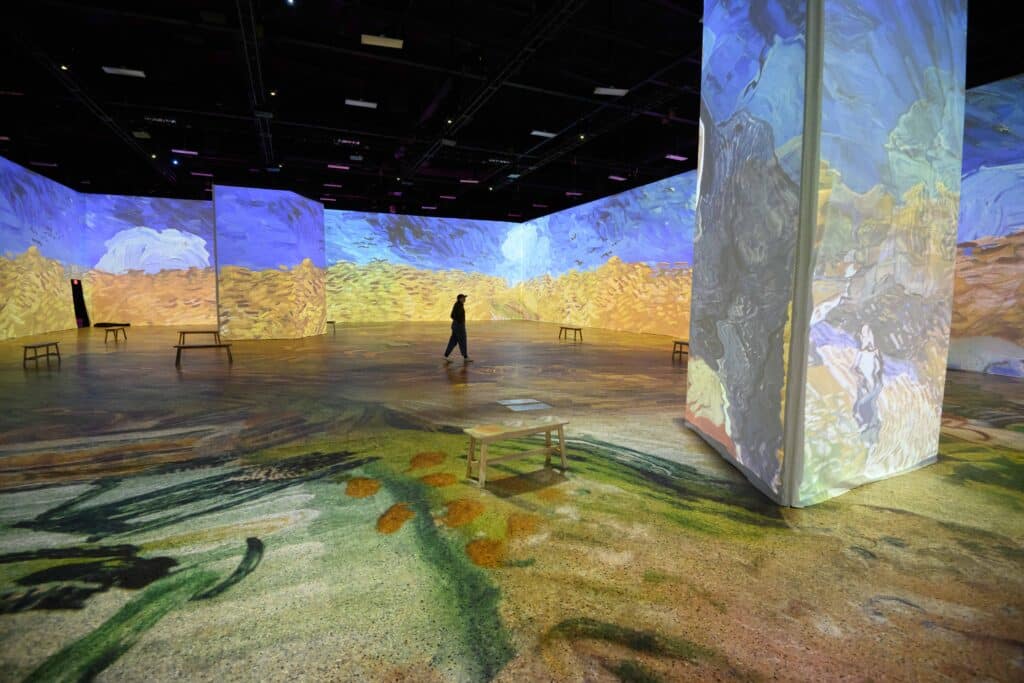
While expressing a desire for his stormy wheatfields to convey ‘sadness’ and ‘extreme loneliness,’ Van Gogh simultaneously aimed to depict the ‘healthy and fortifying’ aspects of the countryside. In this painting, he employed powerful color combinations, featuring a contrasting blue sky against yellow-orange wheat. Often interpreted as a representation of Van Gogh’s emotional turmoil, this painting is housed in the collection of the Van Gogh Museum in Amsterdam.
Resources:
- https://www.moma.org/collection/works/79802
- https://www.nationalgallery.org.uk/paintings/vincent-van-gogh-sunflowers
- https://www.vangoghmuseum.nl/en/collection/s0047v1962
- https://krollermuller.nl/en/vincent-van-gogh-terrace-of-a-cafe-at-night-place-du-forum-1
- https://courtauld.ac.uk/highlights/self-portrait-with-bandaged-ear/
- https://www.musee-orsay.fr/en/artworks/la-nuit-etoilee-78696
- https://www.vangoghmuseum.nl/en/collection/s0176v1962
- https://www.vangoghmuseum.nl/en/collection/s0149v1962
Get the first impression
Sign up for our newsletter and be the first to know about announcements in your area.

